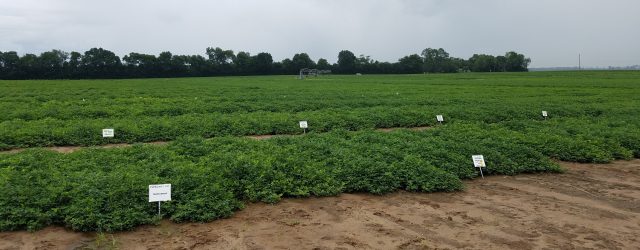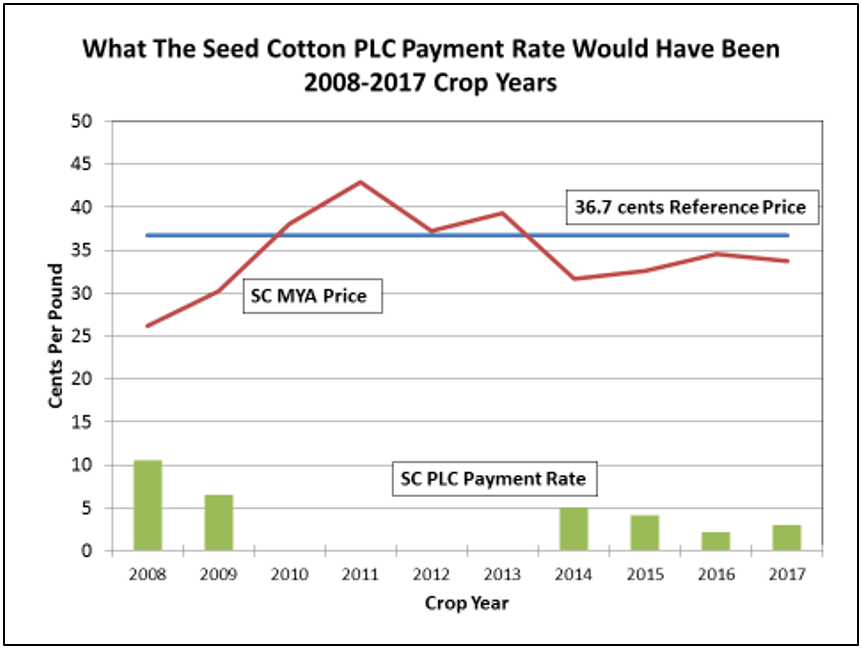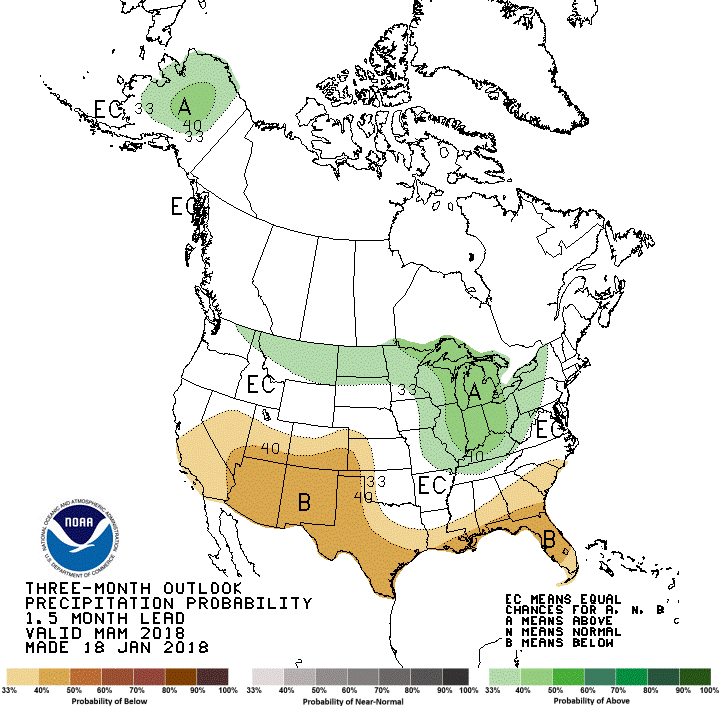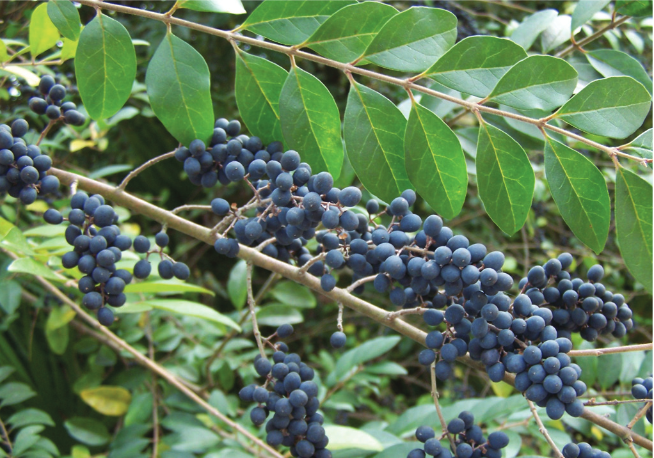
by Nicholas Dufault | Feb 16, 2018
Nicholas Dufault, UF/IFAS Crop Pathologist, and Patrick Troy, UF/IFAS Row Crop Regional Agent As the 2018 peanut production season approaches, it is time for producers to start considering their fungicide programs. Chlorothalonil has been a staple fungicide in many...

by Doug Mayo | Feb 16, 2018
Don Shurley and Adam Rabinowitz, Department of Agricultural and Applied Economics, University of Georgia Effective with the 2018 crop, “seed cotton” is now a covered commodity under Title I of the 2014 farm bill and eligible for Price Loss Coverage (PLC) payments. ...

by Michael Mulvaney | Feb 9, 2018
It’s only February, but it will be April before you know it. That means it is time to start planning for peanut and cotton planting season. Variety selection Peanut If you’re a peanut grower, you’re placing your orders for GA-06G now. Which is great – it’s a cultivar...

by Ian Small | Feb 2, 2018
Ian Small, Ramdeo Seepaul, Mike Mulvaney and David Wright, UF/IFAS Researchers This week a Qantas jet flew from the United States to Australia using biofuel generated from Brassica carinata (carinata). This event was just one of several exciting developments involving...

by Doug Mayo | Feb 2, 2018
This week’s featured video was produced by Alabama Extension to show the results of a Chinese Privet chemical control demonstration. This video shares the results for three techniques used for privet control: foliar (spraying leaves), cut stump, and basal bark...
by Zane Grabau | Jan 26, 2018
Zane Grabau, UF/IFAS Nematologist, and Ethan Carter, Regional Crop IPM Agent Nematicide application, along with crop rotation and use of resistant cultivars, is a key tool for nematode management. To that end, the number of nematicides/insecticides available to...






